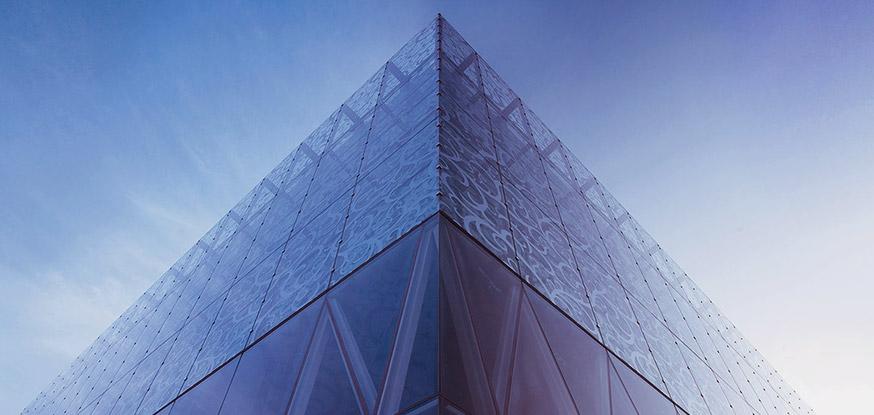A South Korean 'smart glass' solutions company has expanded its operations with the formation of a European firm that will be headquartered in the UK. G-SMATT, announced that the new European arm of the company will be called G-SMATT Europe and will be spearheaded by Dr. Orhan Ertughrul. The HQ for the firm will be in Oxford.
The Korean 'smart glass' entity has established itself as being a leader in the relatively new field of 'smart glass and IoT connectivity. Its digital façade allows architects and developers to provide a new way for people to both experience and enjoy buildings and the urban spaces surrounding them without impact or compromising the aesthetic beauty of its original design. In addition to this, it provides opportunities for an extremely high-level of Internet of Things (IoT) connectivity and integration.
It was disclosed in an official statement to the press, that the new office headquarters in Oxford will consist of two walls of the media-active glass which will give visitors the opportunity to experience the capabilities for themselves. It has been claimed that when viewed from inside the building there is less than 1% reduction in visibility through the glass. This is considerably less when compared with that of other market alternatives which give off the impression of being inside a prison cell when viewed by the building's occupants.
It was also claimed that even when the buildings are illuminated at night, the people within the building are not dazzled by the reflection, as the design has ensured than 10% of the light emitted by LEDs is reflected into the interior of the structure.
Dr. Ertughrul said it that the digital façade the company offers represents a future where there will be an increasing demand that all new buildings constructed will have the capabilities of being 'connected' in other words 'smart buildings'.
He said: "We firmly believe that the digital media façade, coupled to the Internet of Things and the current ubiquity of glass façade architecture, is fundamentally changing the way we interact with the city scape. The buildings of the future will be connected and able to share information including, for example, local traffic updates, advice from emergency services and news from local councils. This connectivity will also allow building owners to project the purpose of their buildings into the community, change the way their buildings are perceived, create new business models and interact with people on a personal level."
G-SMATT has already enjoyed great success since its inception and has installed its 'smart glass' at several locations across Asia, with the most notably being in the Shanghai Stock Exchange, it is expected to make a big impact.

